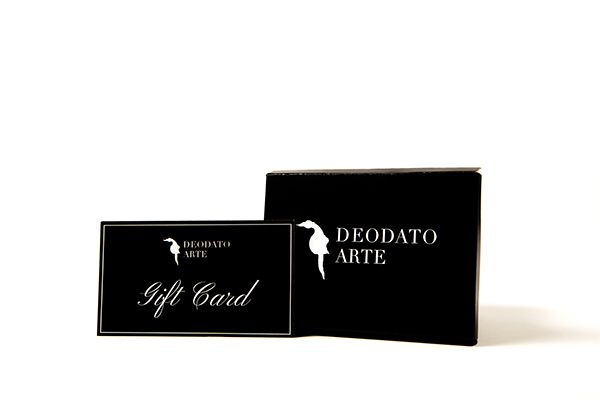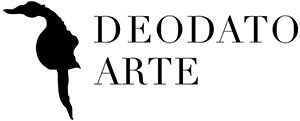
An in-depth analysis of the creations that defined the iconic street artist
Keith Haring is one of the most emblematic figures of street art and pop culture of the 1980s. His art, characterized by bold lines, vibrant colors, and stylized figures, is recognizable worldwide. His works address profound themes such as life, death, love, and social struggle, making him an artist who is not only visually captivating but also conceptually provocative. In this article, we will explore the five most significant works of Keith Haring, analyzing their impact and meaning in the context of contemporary art.
1. Radiant Baby (1982)
"Radiant Baby" is one of Haring's most iconic symbols. This simple yet powerful figure represents a stylized baby surrounded by lines emitting light, symbolizing purity and innocence. The work is often interpreted as a comment on human potential and the innate goodness that each person carries from birth. This image became a sort of signature for Haring, appearing in numerous works and public projects. Its simplicity and visual immediacy reflect Haring's direct approach to visual communication.
2. Crack is Wack (1986)
This mural is a powerful example of Haring's social commitment. Located in a public park in New York, "Crack is Wack" was created to raise public awareness about the crack epidemic that was devastating the city in the 1980s. The mural uses bright colors and stylized figures to convey a clear anti-drug message. Haring often used his art as a tool for social denunciation, and this work is an emblematic example. The mural became a landmark in the fight against drugs and solidified Haring's reputation as a committed artist.
3. Ignorance = Fear / Silence = Death (1989)
This work is a visual manifesto of the fight against AIDS, a cause to which Haring dedicated much of his life and work. Created at a time when ignorance and prejudice towards HIV/AIDS were widespread, this work uses strong images and direct language to promote awareness and the need to speak openly about the disease. The stylized figures, with open mouths and danger signs, evoke a sense of urgency and call to action. Haring, who died of AIDS in 1990, used his art to combat the silence and indifference surrounding the epidemic.
4. Tuttomondo (1989)
"Tuttomondo" is one of Haring's few permanent murals, located in Pisa, Italy. This monumental work covers a wall over 180 square meters and represents a hymn to peace and universal harmony. The interconnected figures, embracing and collaborating, embody the idea of unity and cooperation. "Tuttomondo" is an explosion of colors and dynamism, and represents one of the most complete expressions of Haring's thought. The mural, created shortly before his death, is a testament to his vision of a united and harmonious world.
5. The Berlin Wall (1986)
Haring's contribution to the Berlin Wall is a work of great historical and political significance. In 1986, Haring painted a section of the wall with interconnected figures representing unity and freedom. This work not only challenged the ideology of division but also symbolized the hope for a future without barriers. The very act of painting on the wall, a symbol of the Cold War, was a gesture of rebellion and hope. His art here, as elsewhere, conveyed a message of resistance and aspiration for freedom.
Keith Haring used his art to address social, political, and humanitarian themes, becoming a powerful and influential voice in contemporary culture. The works analyzed in this article not only show his technical mastery but also reflect his commitment to making art a means for social change. Haring left a legacy that continues to inspire and provoke reflection, demonstrating that art can be both aesthetically pleasing and profoundly meaningful.
To learn more and discover Keith Haring's available works, visit our dedicated page on Deodato Arte.











 Register
Register Wishlist
Wishlist Contact Us
Contact Us
